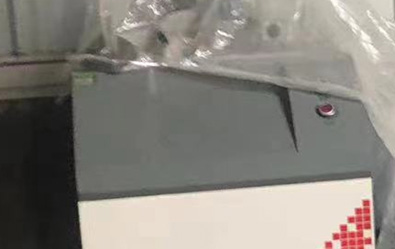loading...
- No. 9, Xingyuan South Street, Dongwaihuan Road, Zaoqiang County, Hengshui, Hebei, China
- admin@zjcomposites.com
- +86 15097380338
- Welcome to visit our website!
GRP Handrail Solutions for Enhanced Safety and Durability in Various Environments
The Importance of GRP Handrail Systems in Modern Construction
In today’s construction industry, safety and durability are paramount. One of the critical components that ensure both is the installation of handrail systems. Among various materials used for handrails, Glass Reinforced Plastic (GRP) has gained considerable popularity due to its unique properties. GRP handrail systems provide robust solutions that meet the diverse requirements of modern architectural designs while ensuring safety standards are upheld.
What is GRP?
Glass Reinforced Plastic, commonly known as fiberglass, is a composite material made from plastic reinforced by glass fibers. This combination results in a lightweight yet incredibly strong material that resists corrosion, impact, and fatigue. GRP is versatile and can be molded into various shapes and configurations, making it an ideal choice for handrails in numerous applications, from residential buildings to industrial sites.
Safety and Durability
Safety is non-negotiable in any construction project, and GRP handrail systems excel in this regard. Unlike traditional materials such as wood or metal, GRP does not rust or corrode, which significantly extends the life of the handrail systems. This durability means lower maintenance costs and reduced need for replacements, making it a cost-effective option in the long run.
Moreover, GRP handrails often feature a non-slip surface, providing enhanced safety for users, especially in environments where water, oil, or other substances can cause slips. This characteristic is vital in settings such as factories, warehouses, and outdoor spaces where conditions can fluctuate dramatically.
Aesthetic Appeal
grp handrail systems

Aside from functional benefits, GRP handrails offer aesthetic advantages that can complement a variety of architectural styles. Available in numerous colors and finishes, GRP systems can be tailored to fit the desired look of a building or landscape. This flexibility allows architects and designers to maintain the visual integrity of their projects while adhering to safety regulations. The seamless finish of GRP handrails also eliminates sharp edges, providing an additional safety feature for users.
Environmental Considerations
In an era where environmental sustainability is increasingly important, GRP handrail systems stand out as a responsible choice. The manufacturing process of GRP involves less resource consumption compared to traditional materials. Additionally, GRP is recyclable, which aligns with contemporary construction trends focusing on sustainability and eco-friendliness. By choosing GRP handrails, construction projects can reduce their ecological footprint and contribute to a greener future.
Installation and Versatility
The installation of GRP handrail systems is typically straightforward, which can lead to significant savings in labor costs and project timelines. The lightweight nature of GRP makes it easy to handle and install, even in challenging spaces. Versatility is another key advantage—GRP handrails can be used in a variety of environments, including staircases, walkways, and balconies, whether indoors or outdoors.
Conclusion
In conclusion, GRP handrail systems represent a formidable innovation in safety, durability, and aesthetic appeal. Their resistance to environmental factors, combined with low maintenance and installation ease, make them an optimal choice for modern construction projects. As industries continue to prioritize safety and sustainability, GRP handrails will likely play an integral role in shaping the future of infrastructure. By investing in high-quality GRP handrail systems, developers, architects, and builders can ensure that their projects remain safe, functional, and visually appealing for years to come. The adoption of this material not only enhances the utility of buildings and public spaces but also aligns with the pressing need for sustainable construction practices.
-
The Rise of FRP Profiles: Strong, Lightweight, and Built to LastNewsJul.14,2025
-
SMC Panel Tanks: A Modern Water Storage Solution for All EnvironmentsNewsJul.14,2025
-
GRP Grating: A Modern Solution for Safe and Durable Access SystemsNewsJul.14,2025
-
Galvanized Steel Water Tanks: Durable, Reliable, and Ready for UseNewsJul.14,2025
-
FRP Mini Mesh Grating: The Safer, Smarter Flooring SolutionNewsJul.14,2025
-
Exploring FRP Vessels: Durable Solutions for Modern Fluid HandlingNewsJul.14,2025
-
GRP Structures: The Future of Lightweight, High-Performance EngineeringNewsJun.20,2025
